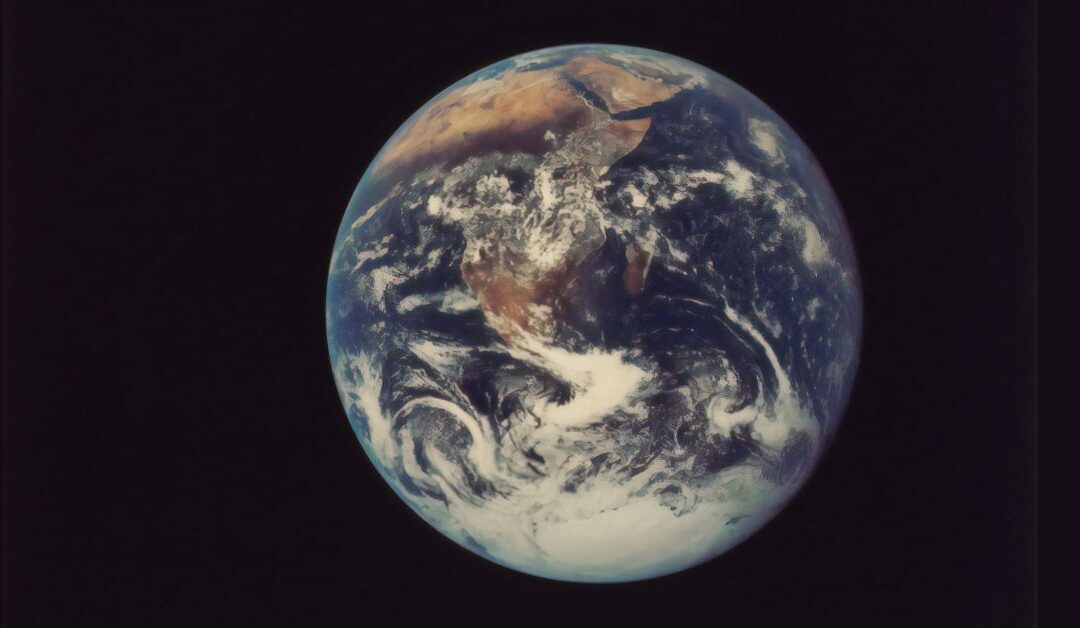Brief Summaries: Articles from the Earth Issue of Wired Magazine
By Ross Thrasher
The September 2024 issue of Wired magazine, subtitled The Earth Issue, contains four interesting essays on climate and the environment. Here are brief summaries:
“The hole in the map of the world”, by Sandra Upson, discusses recent research on the Atlantic Meridional Overturning Circulation. AMOC, which we used to know as the Gulf Stream, is the mega-current that brings warm water from the tropics to moderate the climate in northern Europe. But calculations based on oceanic temperature records and Greenland ice cores indicate that the AMOC’s flow is weakening. The injection of colder water from melting glaciers due to climate change may have contributed to this.
Last year the Ditlevsens, a brother-and-sister team at the University of Copenhagen, published a startling paper in the science journal Nature Communications. Peter is a climate physicist and Susanne is a statistician. Their measurements projected that sometime this century the AMOC would reach a tipping point and shut down. The estimated date of such an environmental disaster, based on the Ditlevsens’ modelling, is 2057.
The result in Europe of this shutdown would be much colder, snowy winters and hotter, drier summers, with catastrophic impacts on food production. Farther south, an AMOC collapse would threaten the rainy seasons in Africa and the monsoons in South Asia, decimating agriculture for those huge populations.
Other scientists have disputed these predictions, but the peril is too dire to be ignored. As Upson concludes, “We have to cut down on emissions. Transition faster to renewable energy, EVs. Give the oceans a chance to recover.”
“An imperfect storm”, by Amit Katwala, describes the United Arab Emirates’ ambitious campaign to make it rain in the desert. For the past decade the UAE has experimented with new methods of cloud-seeding to counteract water shortages on a warming planet. Versions of this technique have been attempted for more than a century, as Katwala recounts, some of them bogus moneymaking schemes based on pseudoscience. Only recently has the developing research on rain formation enabled controlled experiments with cloud-seeding to obtain truly promising outcomes.
At the UAE’s National Center of Meteorology and the Weather Modification Technology Factory, tinkering with cloud-seeding materials and delivery systems is ongoing. The Emirates aspire to become the world leaders in rain-making, an ironic ambition for a major fossil-fuel producer.
“Toward a more fantastic plastic”, by Clive Thompson, offers some alternatives to single-use plastic bags, food containers, bottles, clingwrap, etc. “We now crank out more than 500 tons of plastic waste a year. Globally, only 9 per cent of plastics are recycled.” How can we reduce this environmental scourge? Replace, recycle, reuse.
One partial solution is to replace single-use plastics with compostable materials. A California company is experimenting with seaweed to produce bioplastic bags and wrapping materials. A company in Norway has developed an effective program to collect and recycle plastic bottles, with the assistance of government regulations that tax the beverage companies if they fail to meet recycling thresholds. And a Vancouver startup, Reusables, has taken advantage of SFU’s ban on single-use plastics to introduce “smart” takeout containers that can be returned and reused seamlessly. Other campuses and grocery chains are also trying out the Reusables system.
“Damage control”, by Morgan Meaker, offers a glimpse into the rise of radical eco-activism as the climate crisis unfolds. Groups like Earth Uprisings in France and Last Generation in Germany have resorted to illegal activities like sabotaging pipelines, blocking roadways and defacing artworks. “They do this for different aims — to attract media coverage, to argue their case in front of a jury, or to make business untenable for companies they see as responsible for loading the atmosphere with carbon dioxide, driving calamitous weather events, and courting mass extinctions.”
The ultimate goal of these environmental warriors is to gain wider public support so that governments and the private sector will be required to respond more urgently to climate change.
Read other articles on climate change, sustainability, education, and more from GTEC’s Communication & Media (formally GTEC Blog)!

